Your vehicle can become unbearably warm and stuffy without a functioning air conditioning (A/C) system. More than just removing heat from inside the cabin, the system also removes humidity from inside the vehicle, allowing it to condense and drip out of the evaporator.
There are many possible reasons for your A/C to go out, the most common of which are problems with your A/C compressor and clutch, condenser, or refrigerant leaks.
Why is My Car A/C Not Cooling?
Your air conditioning system is made up of parts that may wear out, become faulty and require replacement over time. Here are the five common reasons why your A/C is not working as it should.
A/C Compressor & Clutch Problems
The A/C compressor is designed to move or pump refrigerant throughout the system, compressing it into a high-pressure vapor. Most modern compressors are equipped with a clutch and drive pulley designed to turn while the engine is running.
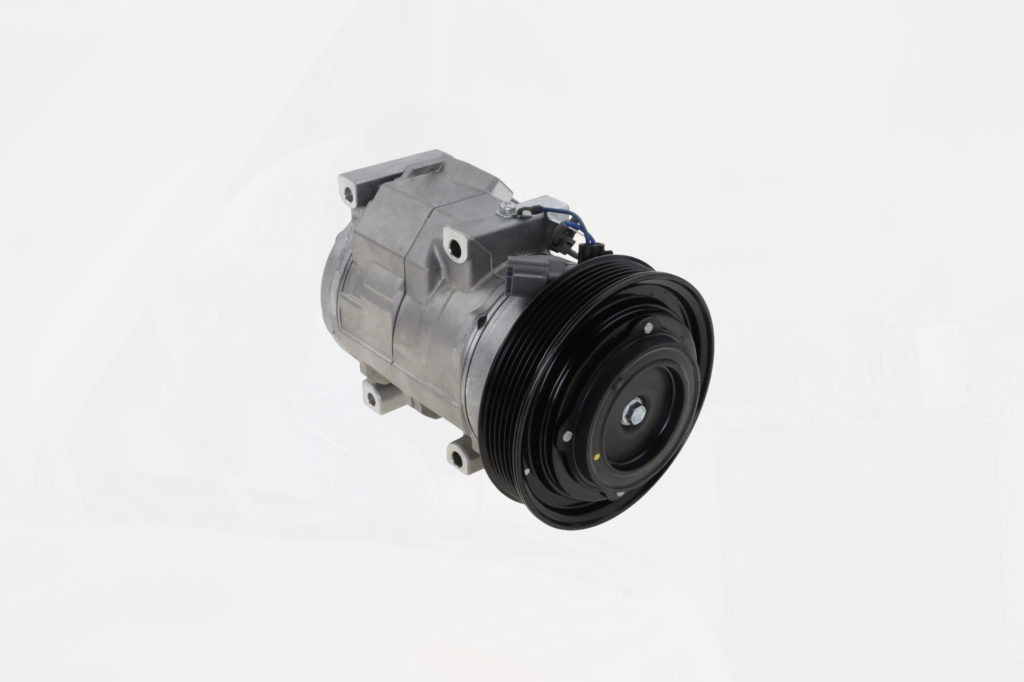
Squealing noises that increase in frequency when the A/C compressor is engaged may be attributed to a loose compressor belt or a misaligned pulley. A cracked, frayed, glazed, or loose compressor drive belt may also cause the system to malfunction.
Knocking noises from the compressor may indicate internal damage. But before deciding to rebuild or replace the part, check for loose mounting and brackets because they could produce a similar noise.
If you don’t hear the clutch engaging and disengaging while switching the A/C on and off, or if you notice there is no change in engine rpm while the A/C is switched on, then the problem is likely in the compressor’s electrical control system.
A/C Refrigerant Leak
If your A/C is working but your vents are blowing air that’s close to ambient temperature, then there might be a problem with your vehicle’s refrigerant system.
Check refrigerant lines and hoses for signs of damage or refrigerant oil residue, especially at connections. Engine vibrations may cause rubber lines to become loose or develop leaks. If the oil has leaked out, chances are the refrigerant has leaked as well.
To check for leaks, there should be at least 50 psi of pressure in the system. The simplest way to check is to spray a solution of soap and water on the refrigerant line or hose. A large leak will cause bubbles or foam to form in the area.

Smaller leaks may require the use of electronic leak detectors that beep, click, or buzz as they detect the presence of refrigerant. A special fluorescent dye may also be injected and cycled into the system before an ultraviolet light is passed over the components to detect small leaks in the system.
Faulty A/C Condenser
The condenser is a heat exchanger, much like the radiator. An engine-driven or electric motor operated fan as well as ram air at high speeds provide air flow in the condenser.
Hot vaporized refrigerant is pumped from the compressor into the condenser. As the gas makes its way through the condenser coils, it loses heat until it becomes a warm high-pressure liquid.
A damaged, leaking, or clogged A/C condenser may interfere with the proper operation of your A/C system. Excessive high-side pressures may indicate a defective condenser or compressor failure.
Leaves and other road debris may also obstruct the fresh intakes and obstruct air flow to the A/C condenser. Rocks and organic debris can also cause the fins of the condenser to rupture and leak refrigerant.
Condenser Fan Not Working
Some vehicles have a separate cooling fan with both low- and high-speed operating modes for the A/C condenser. Others have separate fans for each mode.
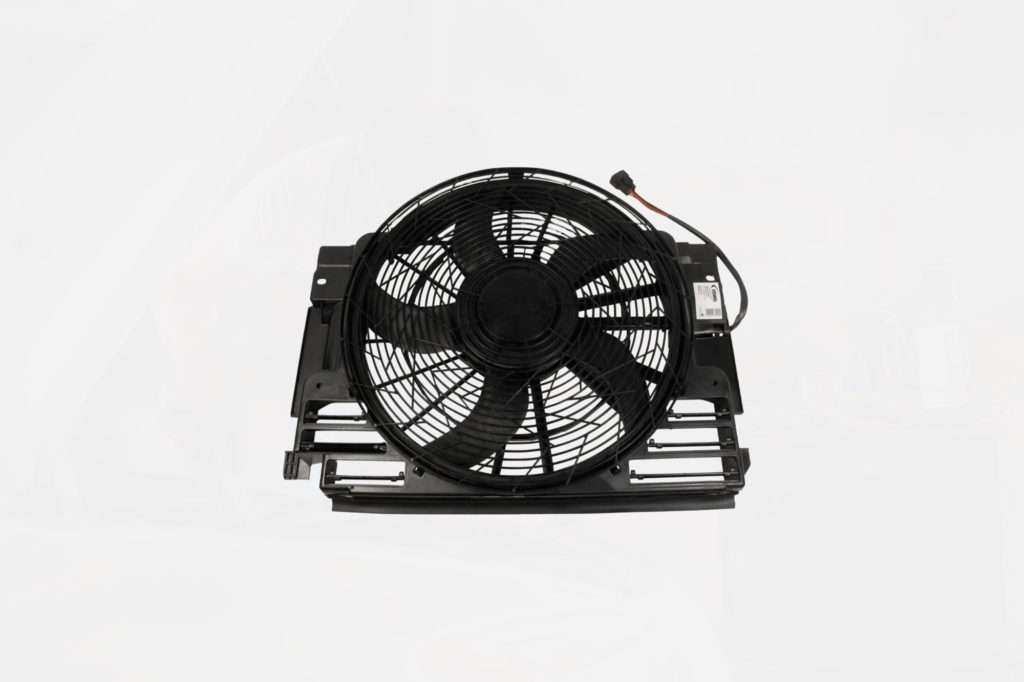
Check the fans for cracked or bent blades, and inspect the fan shroud for broken or missing parts. A faulty motor may be the culprit if the fan doesn’t work even if there is power at its connector.
If there is no power, you may need to check for wiring issues. A bad relay, a blown fuse, a faulty A/C pressure switch, or a malfunctioning engine coolant temperature sensor may all interfere with the operation of the condenser fan.
Electrical Issues
Is your car A/C blowing warm air intermittently? Other electrical issues with the A/C components may be present.
The problem can be as simple as a faulty A/C control switch being worn out or problems with the low-pressure cutout switch. This switch prevents the compressor from running if the refrigerant level is low. If this switch is not reading correctly, it can affect how the compressor functions.
Sometimes, electric issues in the A/C system are caused by worn-out electrical components or wires that have short-circuited. Fuses can also blow and affect the whole AC circuitry.
Diagnosing Car A/C Problems
Is your car A/C blowing hot air instead of cold air or is it blowing only moderately cool air even when it’s at the highest setting?
Below are some diagnostic tips and tricks you can try to pinpoint the root cause of your A/C problems.
Preliminary Check
Is your A/C blowing warm air? Is it set on high but continues to blow only moderately cool air? If this happens, you need to check the following:
- Check the cooling fan radiator to see if it’s running while the air conditioning is on.
- Try to see if there are any obstructions or debris that have been caught in between the fins of the condenser.

Check your repair manual for the upper and lower limits of the recommended pressure in the system. Using a manifold gauge set, check the system pressure and compare it to the standard.
Compressor Check
If there are no clogs in the system or if the fans are running well, you’ll need to check the A/C compressor next. Run your A/C on its maximum cool and fan settings and make sure that the magnetic clutch engages the compressor.
There are several outcomes to this test:
- If the clutch is engaging or disengaging rapidly, the refrigerant level may be low. Use a manifold gauge set to verify.
- If the clutch is not engaging, check the voltage getting to the compressor. If there is voltage, the clutch itself may be faulty or its gap is too wide.
- If there is no voltage at all, a fuse may have blown out, a cycling switch may be faulty or there’s not enough refrigerant pressure to trigger the low-pressure cut-off switch that cycles the compressor.
- Turn the A/C and the vehicle OFF. Rotate the clutch drive plate by hand (you can do this without removing the serpentine belt) to ensure that the compressor turns. If the plate does not move or is hard to turn, the compressor is bad and needs to be replaced.
Refrigerant Leak Check
A refrigerant leak is one of the most common causes of a faulty A/C system. Since the A/C system is supposed to be a closed system, a decrease in the refrigerant level indicates that there is a leak.
Perform the following checks to rule out leaks as the root cause of your A/C cooling problems:
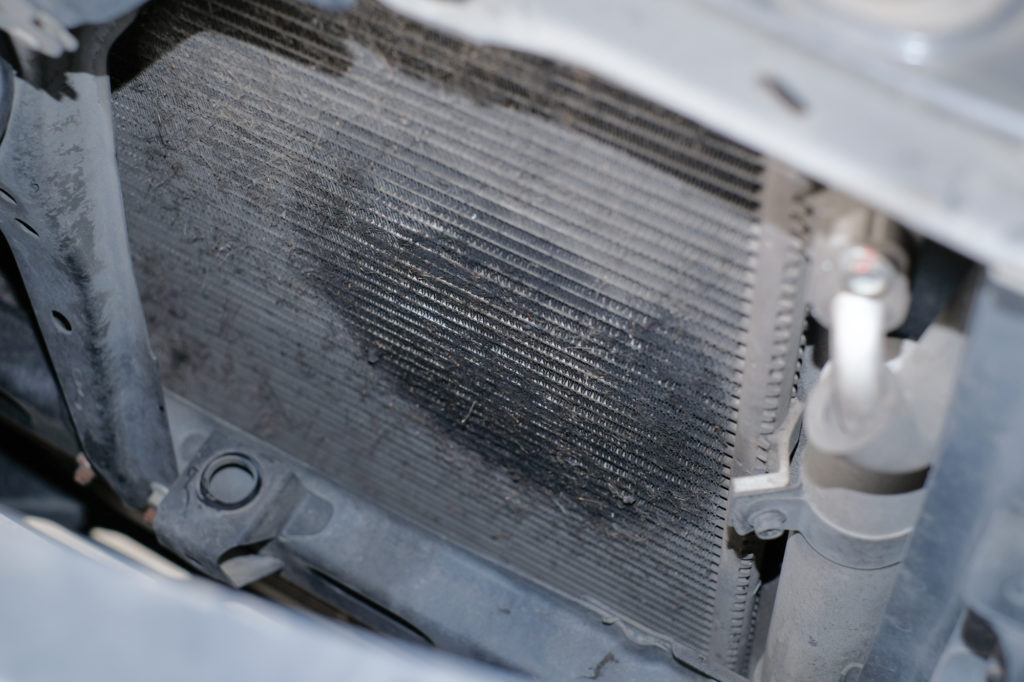
- Use a UV AC leak detection kit to check for leaks. This method introduces UV dye to the system to help you spot leaks. Though, before you use this method, check to see if it’s compatible with your vehicle’s AC system.
- Check all the fittings to make sure they’re secure.
- Check the front seal and the o-rings that seal the pressure switches on the back of some compressors.
- Check the hose manifolds on the compressor.
- Check the AC hoses and where they bend onto the fittings.
- Check the Schrader Valves.
- Check for holes in the condenser.
- Check where the evaporator drains condensation with UV light. You might see oil or dye on this component.
How Do I Fix My Car’s A/C?
Some of the problems and diagnoses here have a DIY solution. For example, you can replace your cooling fans on your own with a replacement part that’s compatible with your vehicle’s year, make, and model.
Other procedures and performance tests on your A/C system will require specialized equipment and professional service. It’s recommended that you bring in your vehicle for an A/C performance test regularly to make sure that it is in tip-top shape.
Where to Get Replacement Parts for Your A/C System
If your vehicle’s A/C isn’t cooling the cabin, it’s almost certainly going to cause you some level of discomfort. This is especially true in the hot summers when the heat can make you “melt” in your seat. As you’ve read in this article, there are a number of possible reasons behind this issue. Thankfully, if it’s A/C parts you need, CarParts.com has your back.
The CarParts.com catalog boasts a wide array of aftermarket parts from different trusted brands. Finding parts that are guaranteed to fit your vehicle’s make and model is easy as long as you use the built-in vehicle selector. Place your order in just a few easy clicks, and use our convenient and secure checkout to finalize your order. We offer fast shipping straight to your door in as fast as two business days.
Place your order today for a new A/C compressor or other A/C system parts on CarParts.com.
Products Mentioned in this Guide
Any information provided on this Website is for informational purposes only and is not intended to replace consultation with a professional mechanic. The accuracy and timeliness of the information may change from the time of publication.


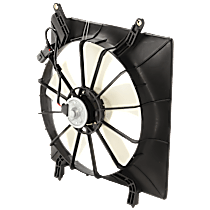 Cooling Fan Assembly
Cooling Fan Assembly
 A/C Condenser
A/C Condenser
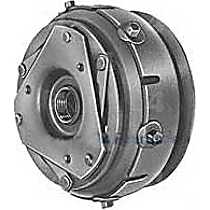 A/C Compressor Clutch
A/C Compressor Clutch
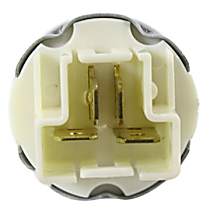 A/C Clutch Relay
A/C Clutch Relay




























